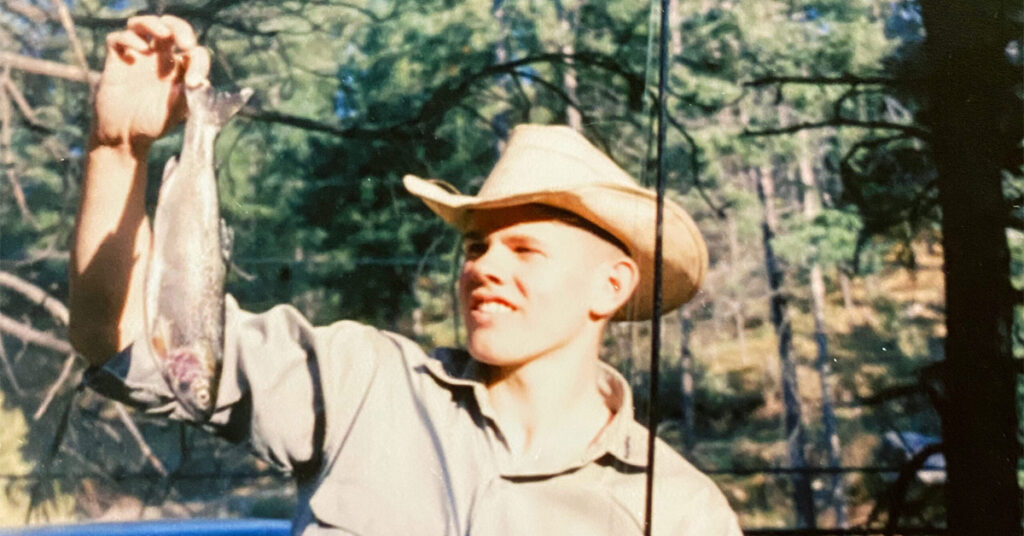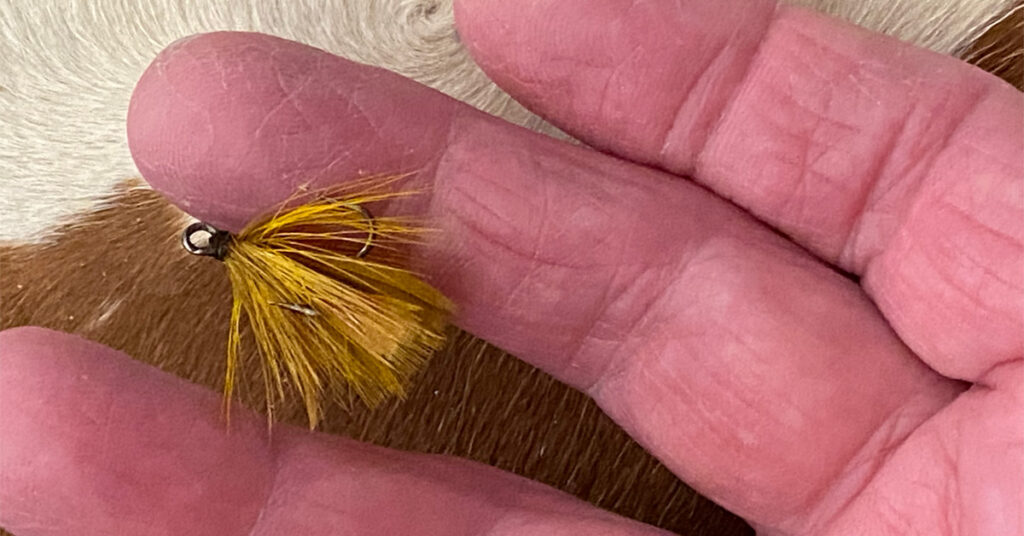II Chronicles 30:21 states, “And the children of Israel that were present at Jerusalem kept the feast of unleavened bread seven days with great gladness: and the Levites and the priests praised the Lord day by day, singing with loud instruments unto the Lord.”
This is the last blog on the revival series. We have looked at six aspects of revival: preparation, pleading, participation, persuasion, prayer, and power. Finally I want us to look at praise.
While in Israel, I was fortunate to visit the Bedouin people. We were guests of one family. Returning to the bus we passed by other families. One man outside of his tent begged us to come in and see his one newborn lamb, but we had to move on. He was disappointed. (I wanted a lamb as a boy, but it never happened. Mom didn’t think I took very good care of the dog and we didn’t need any more animals. A friend of mine had some sheep. You won’t understand if you have never held and squeezed a little lamb.)
The Hezekiah revival was marked with the sacrifice of thousands of sheep. While this was going on, the Priests and Levites were singing and praising God. In all the celebration and praising, the killing of the Passover Lamb was the central focus. II Chronicles 30:26 says, “So there was great joy in Jerusalem: for since the time of Solomon the son of David king or Israel there was not the like in Jerusalem.” Maybe this Passover offering and Solomon’s great offering were judged by the number of sheep offered. Both great sacrifices combined equaled 137,000 sheep.
When it comes to praising God, we are often tempted to look at numbers. Who isn’t excited when the altars are flooded? Let us look for a moment at simply one lamb. According to Exodus 12:37, there were about 600,000 men who came out of Egypt. Most of the men were probably married, because it mentions their children. Most likely there were at least 500,000 families represented. That first Passover night when God smote all the firstborn in Egypt, 500,000 lambs could have died. As each family was huddled in their house, eating the lamb, knowing they were protected by it’s blood on the doorposts, they probably had no thought of the 500,000 lambs (the greatest number of any Passover ever). They were no doubt thinking of the one little lamb that saved their lives. They had a lot to praise God about!
When Jesus came, John the Baptist pointed Him out as God’s Lamb—yes, God’s Passover Lamb. When Jesus was sacrificed on the cross He gave up the ghost at exactly 3:00 p.m., the time of the evening sacrifice—the exact time the Passover lamb was being killed. God could have sacrificed a million lambs that year and it never would have taken away the sins of the world. His only Son, replacing the need for sacrificial lambs and sheep, shed His blood on the boards of the cross so that anyone, or any family, could huddle there and escape death.
In Revelation chapters 4 and 5 we see a glorious future picture of God’s throne in Heaven. It is a beautiful sight. The four beasts and the twenty-four elders are all praising God. There is a book in the right hand of God. The only one who is worthy to open the book is Jesus. Jesus is not pictured as a king, but rather as “a lamb as it had been slain” (Revelation 5:6).
The great hymn, “I Will Praise Him” by Margaret J. Harris, says: “I will praise Him! Praise the Lamb for sinners slain.” True revival has Praise!




